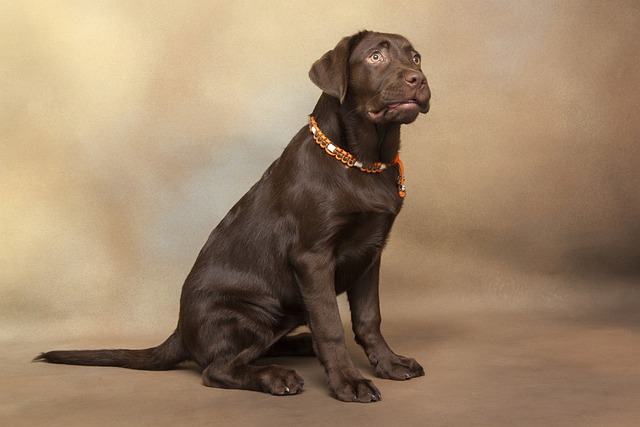
Do dogs learn fetch naturally?
The first time you toss a ball and watch your dog's eyes light up feels like magic. But does that eager chase mean they instinctively“get”the game of fetch?
The first time you toss a ball and watch your dog’s eyes light up feels like magic. But does that eager chase mean they instinctively “get” the game of fetch? The truth is, while some dogs seem born with a natural knack for it, fetching isn’t always an automatic skill. Understanding how dogs learn—and local rules that keep playtime safe—helps turn a chaotic chase into a fun, responsible bonding activity.
Many dogs inherit a prey drive that makes chasing moving objects irresistible. Herding breeds like Border Collies and hunting dogs such as Labradors often bolt after a thrown toy without hesitation. It’s in their DNA to pursue and capture “prey,” whether it’s a ball or a frisbee. However, this instinct alone doesn’t guarantee they’ll bring the item back. Some dogs treat fetch like a solo sport, proudly parading around with their “prize” while you’re left waiting.
Smaller breeds or those with different ancestral jobs may show little interest in chasing. Toy breeds like Chihuahuas or Pugs, bred for companionship rather than work, might prefer snuggling over sprinting. And that’s okay! Forcing a dog into an activity they dislike can lead to stress. In many communities, respecting your pet’s comfort level is part of responsible ownership—just like following leash laws when playing outside.
 Even dogs with a strong chase instinct need to learn the “bring it back” part. This is where training steps in. Some dogs catch on quickly, especially if treats and praise are involved. Others take more time and patience. It’s important to remember that every dog learns at their own pace. Yelling or punishing a slow learner not only ruins the fun but can also be considered animal cruelty in some areas.
Even dogs with a strong chase instinct need to learn the “bring it back” part. This is where training steps in. Some dogs catch on quickly, especially if treats and praise are involved. Others take more time and patience. It’s important to remember that every dog learns at their own pace. Yelling or punishing a slow learner not only ruins the fun but can also be considered animal cruelty in some areas.
Socialization plays a role too. Dogs that grow up watching others play fetch may pick up the game faster. Imagine a backyard barbecue where several dogs take turns chasing a ball—newcomers often mimic the behavior they see. But if your dog hasn’t been exposed to the game, they might need extra guidance. Just make sure play areas comply with local regulations, whether it’s a private yard or a public dog park.
Safety is key during fetch sessions. Chasing objects on hard surfaces can hurt a dog’s joints, and ingesting small toys poses choking risks. Many pet product safety laws require clear warnings on packaging, so choose durable, age - appropriate toys. In busy public spaces, local leash ordinances ensure dogs don’t run into traffic or bother others. Keeping playtime safe isn’t just smart—it’s the law in many places.
Fetching can become a cherished routine, but it’s not a given for every dog. Whether your pup takes to it naturally or needs some coaxing, the goal is creating a positive experience. By respecting their instincts, following training best practices, and abiding by local rules, you’ll turn a simple game into a special moment that strengthens your bond for years to come.

The first time you toss a ball and watch your dog's eyes light up feels like magic. But does that eager chase mean they instinctively“get”the game of fetch?

You’ve scrolled through social media and seen adorable pictures of dogs striking yoga poses, and you’re left wondering: Can you teach a dog to do yoga?

Stuck watching impressive agility competitions online from your couch in Chicago or your apartment in Austin, wishing your pup could join the fun?

Picture this: a sunny Saturday at your local park, maybe somewhere like Central Park if you’re in NYC, watching dogs zip through tunnels and weave poles with pure joy.

There’s nothing quite like watching your dog dash across the yard, retrieve a ball, and bound back to you with a wagging tail. Teaching your dog to fetch isn’t just a fun party trick—it’s a great way to bond and keep them active.

Imagine your energetic Australian Shepherd pup clearing couch cushions in a single bound – that natural talent might tempt you to start agility immediately.